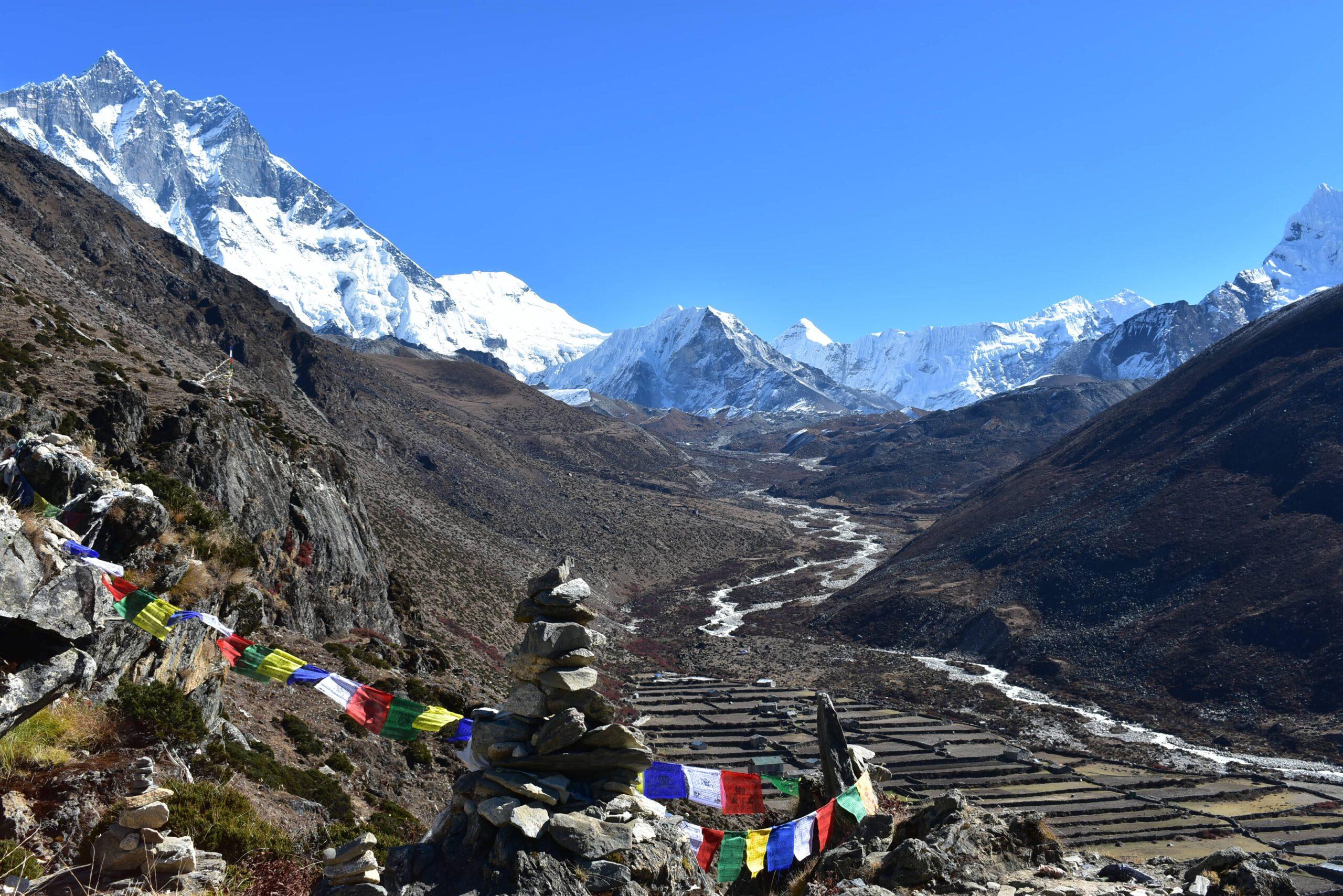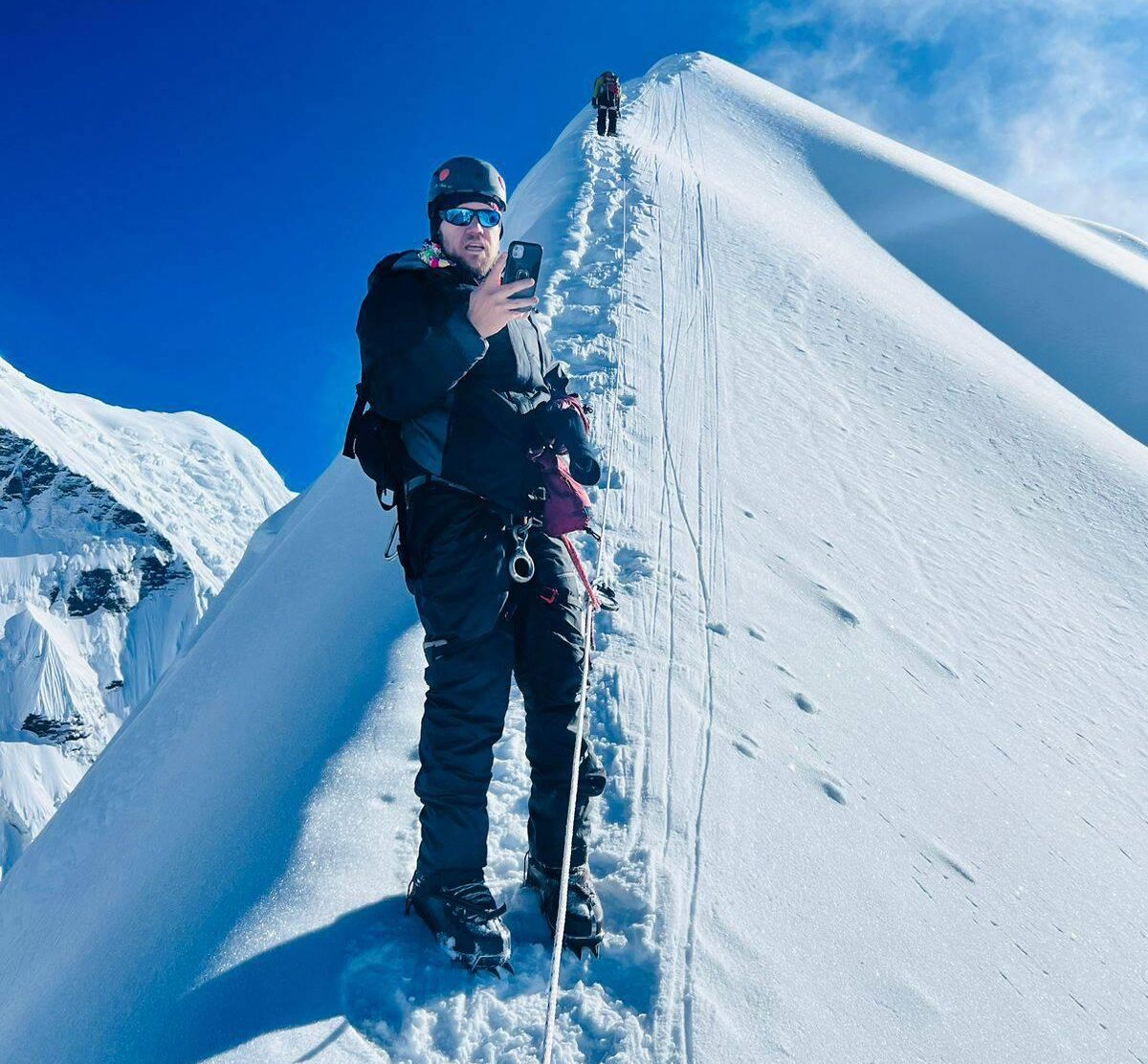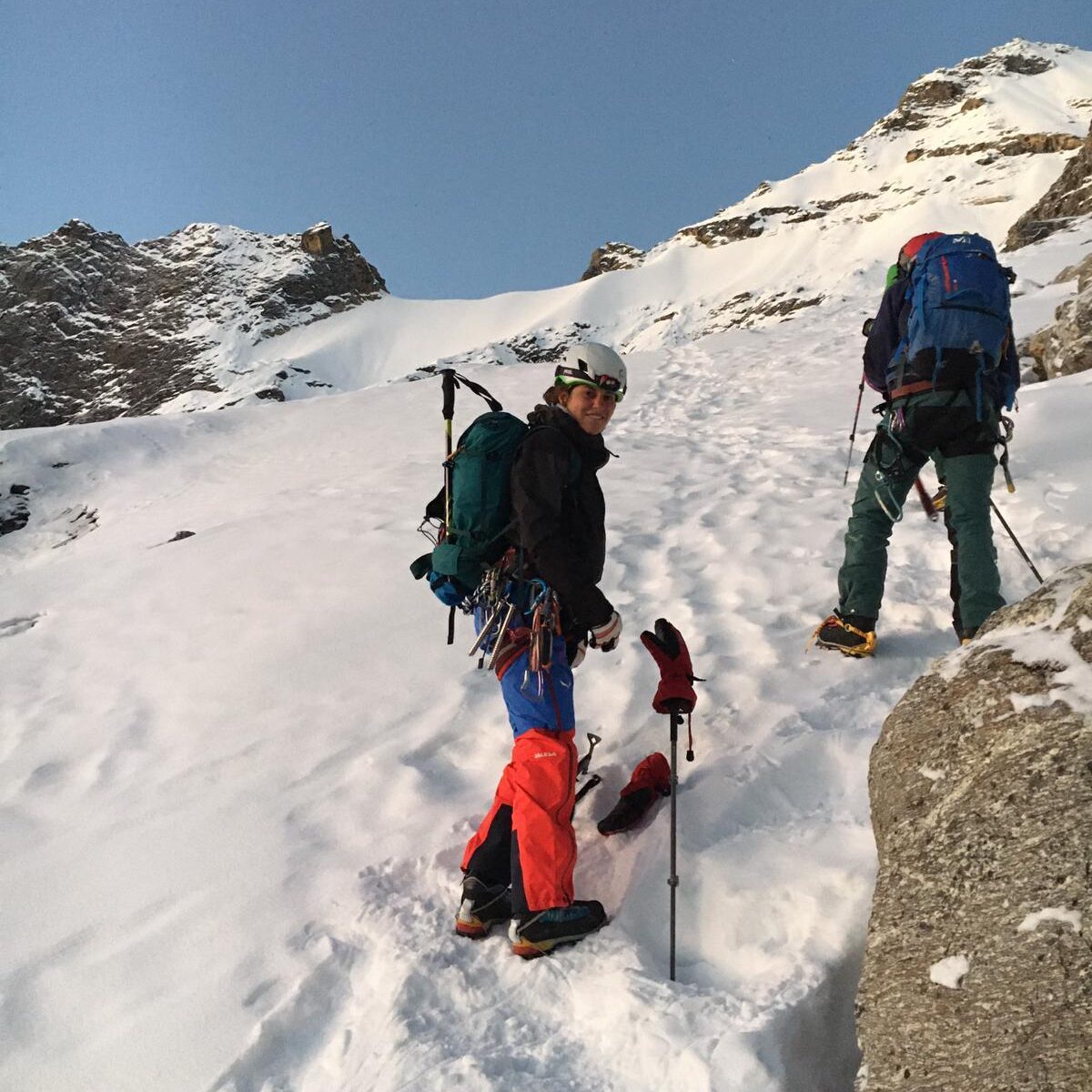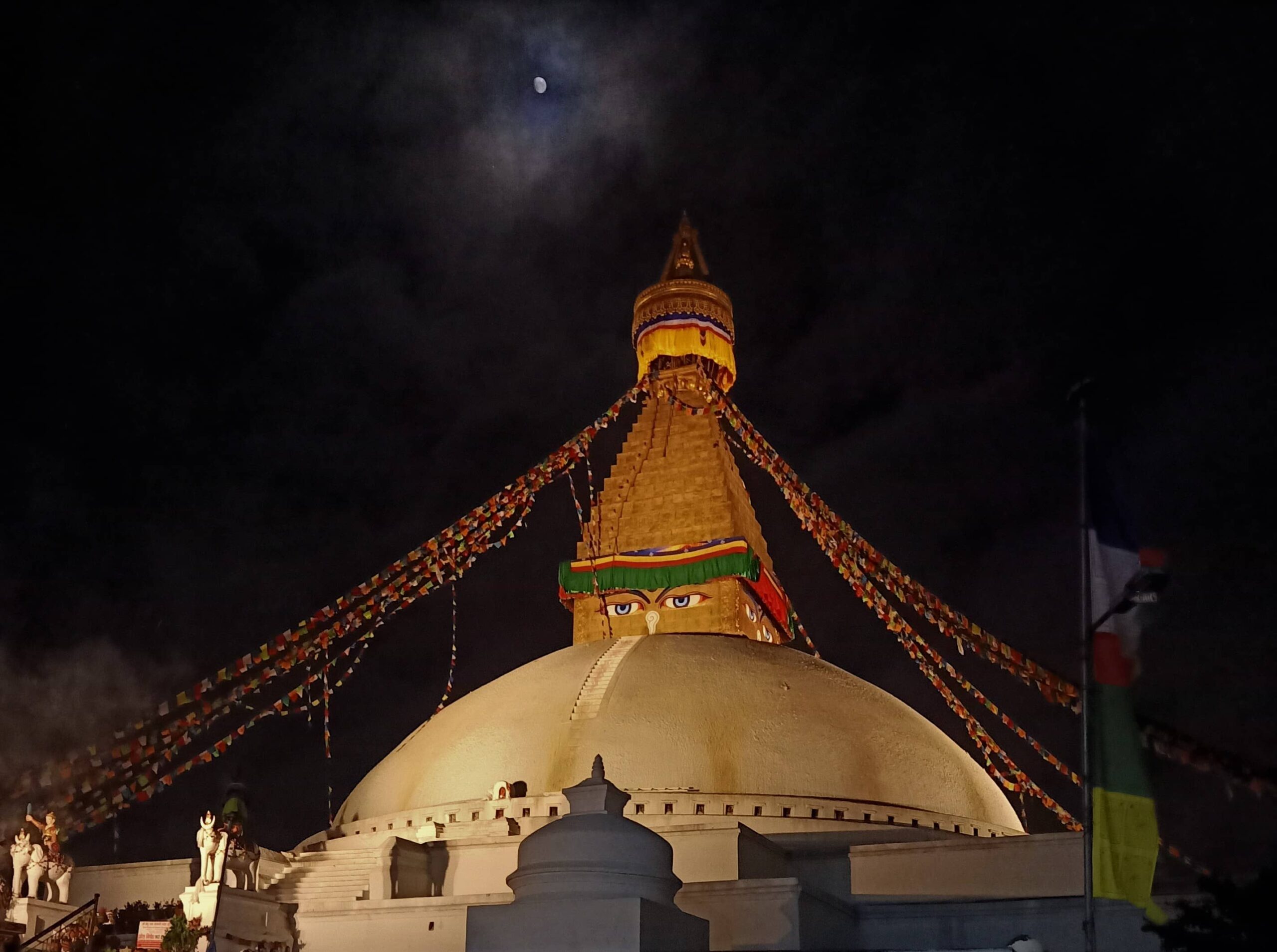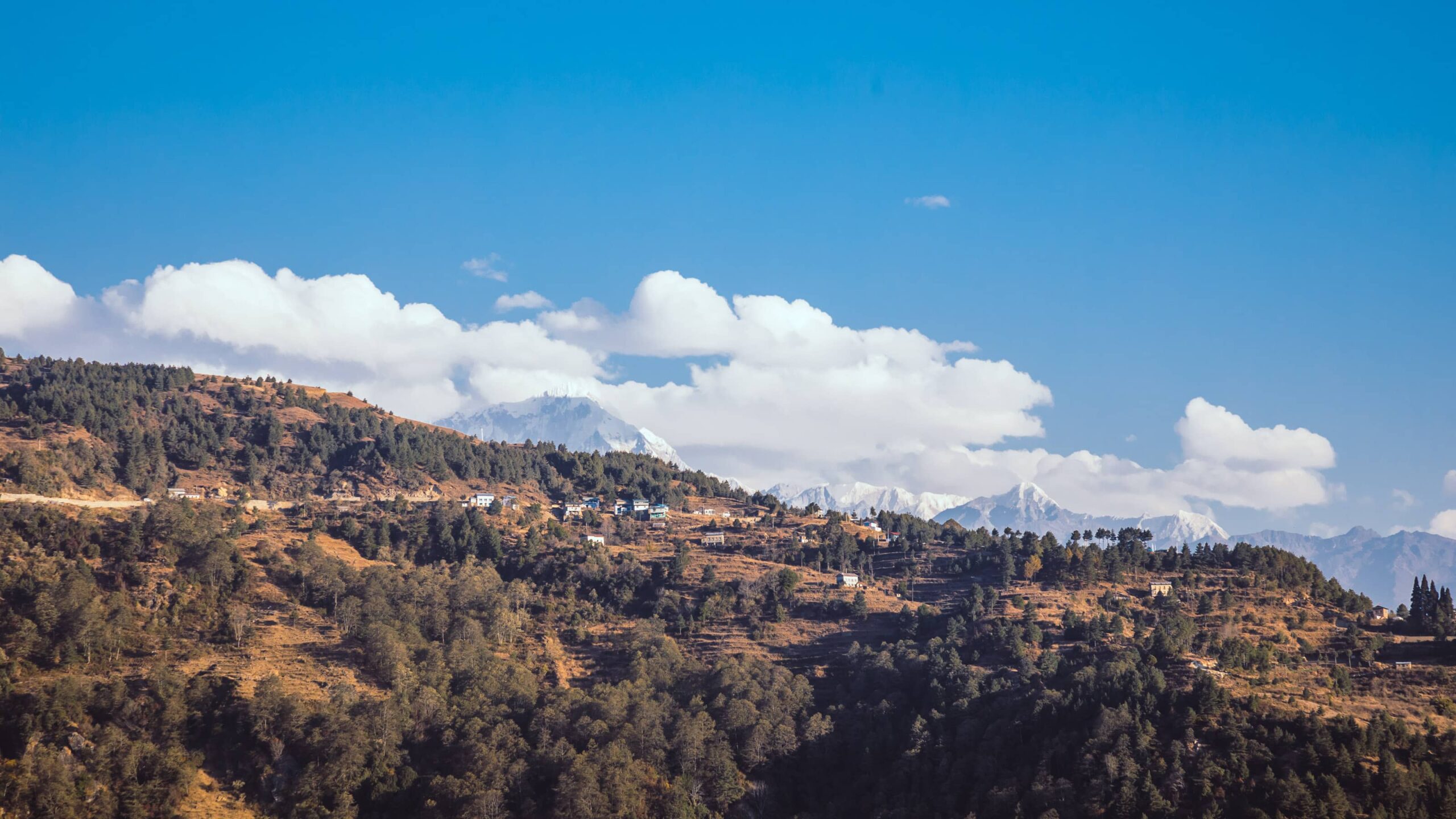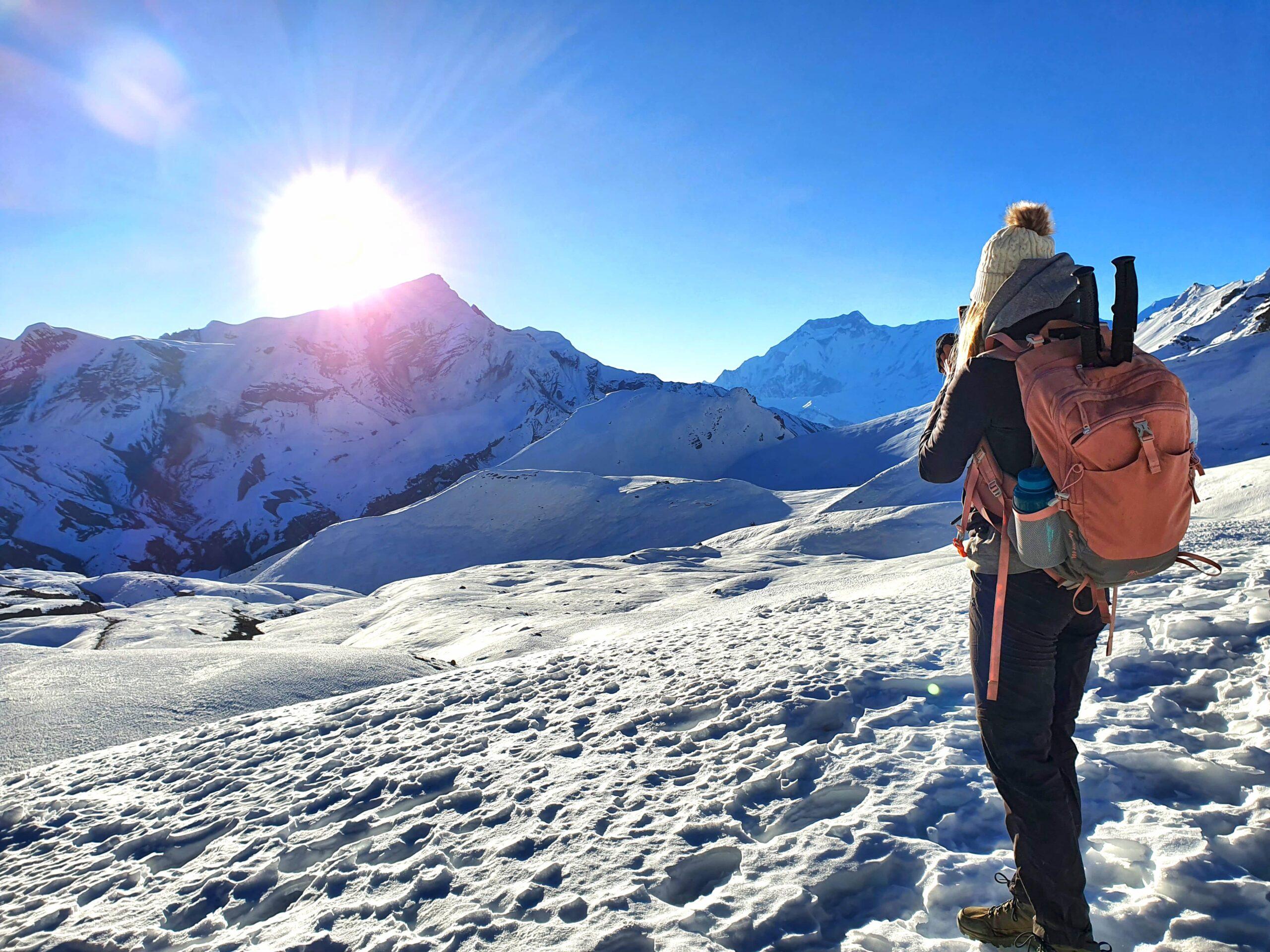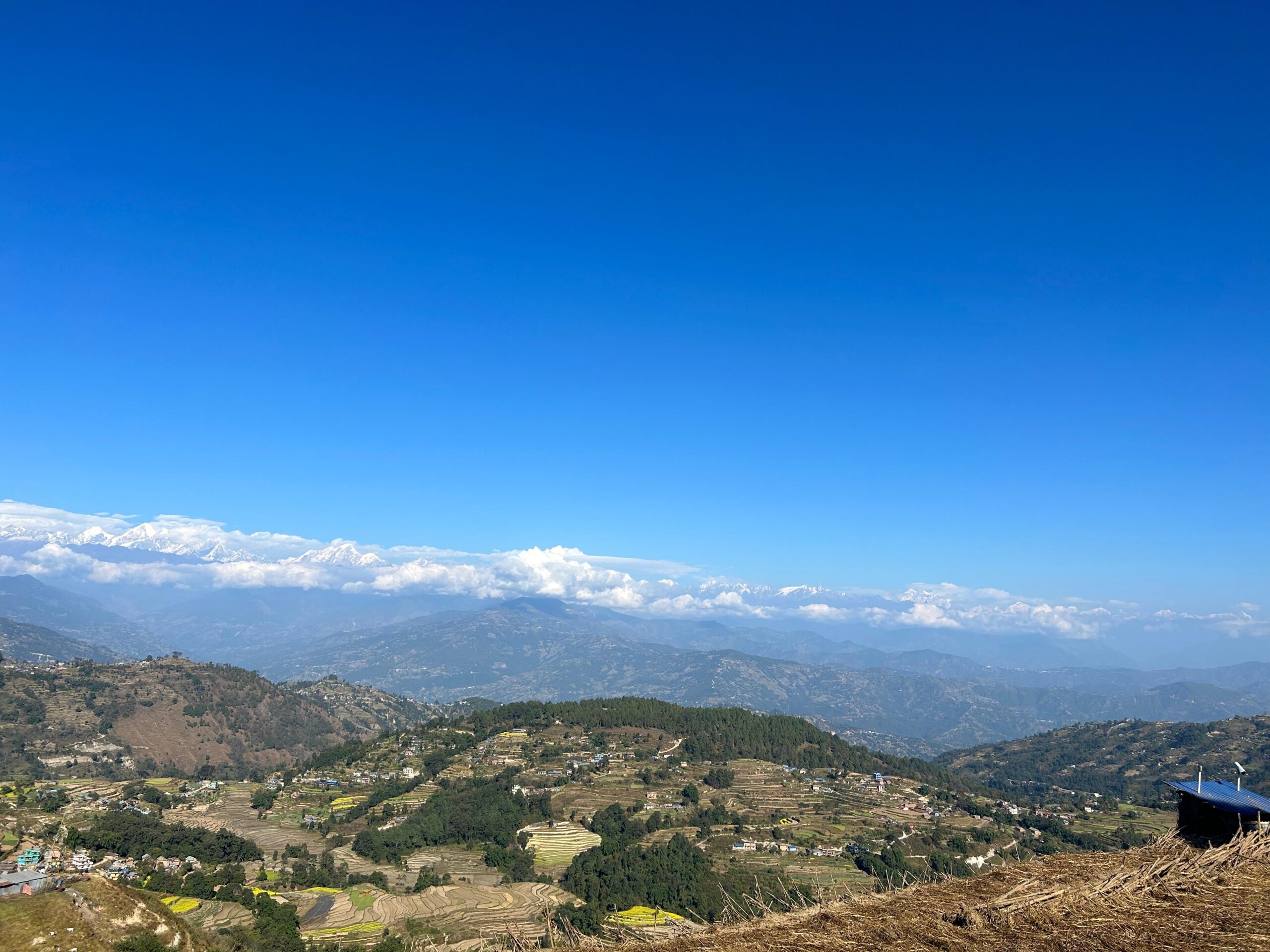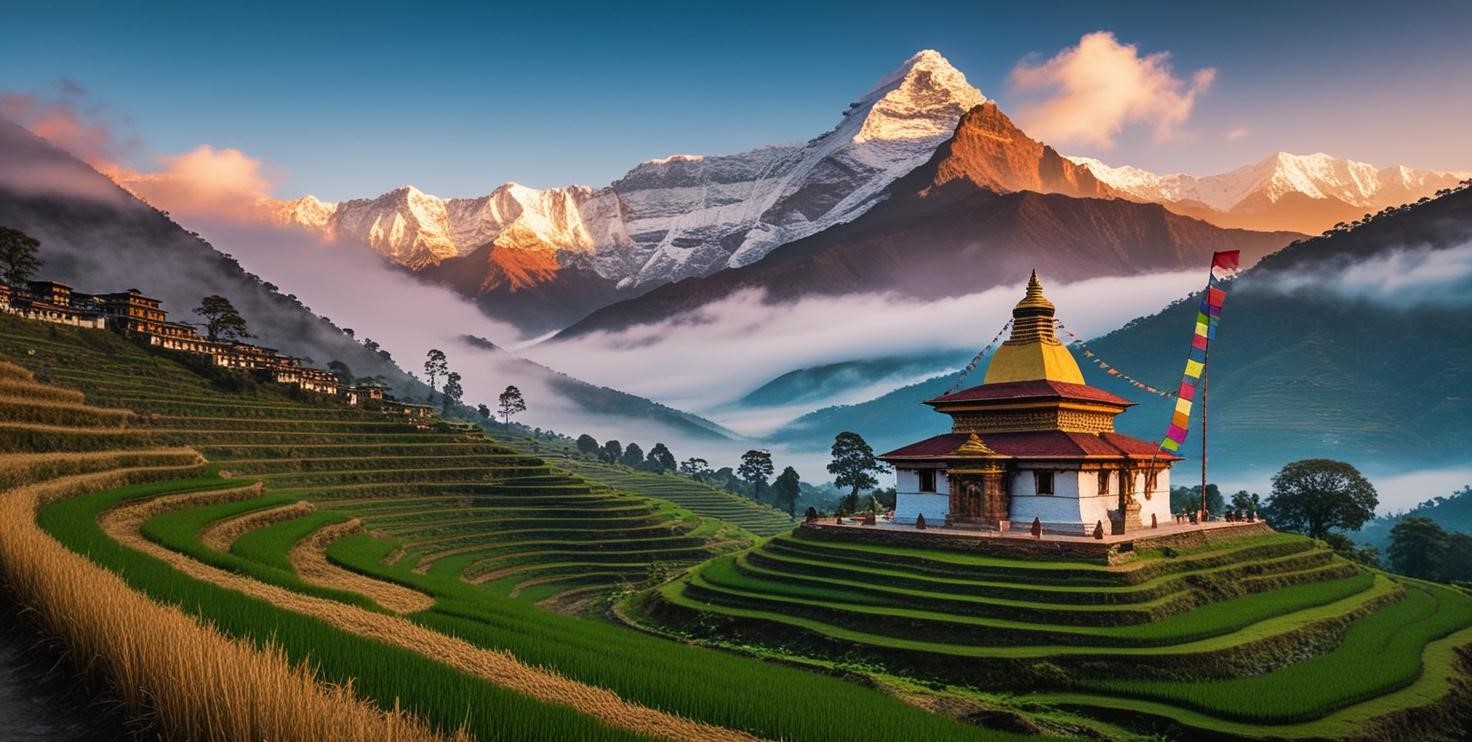Everest Region is unrivaled in its towering majestic mountain peaks. Known also as the Khumbu region, situated in the northeastern side of Nepal. Numerous routes are available in the Everest region that ultimately lead to Everest Base Camp. Taking remote paths, and side trails is a great way to explore the region. Below we have gathered an comprehensive article for the “Ultimate Guide to Everest Region”.
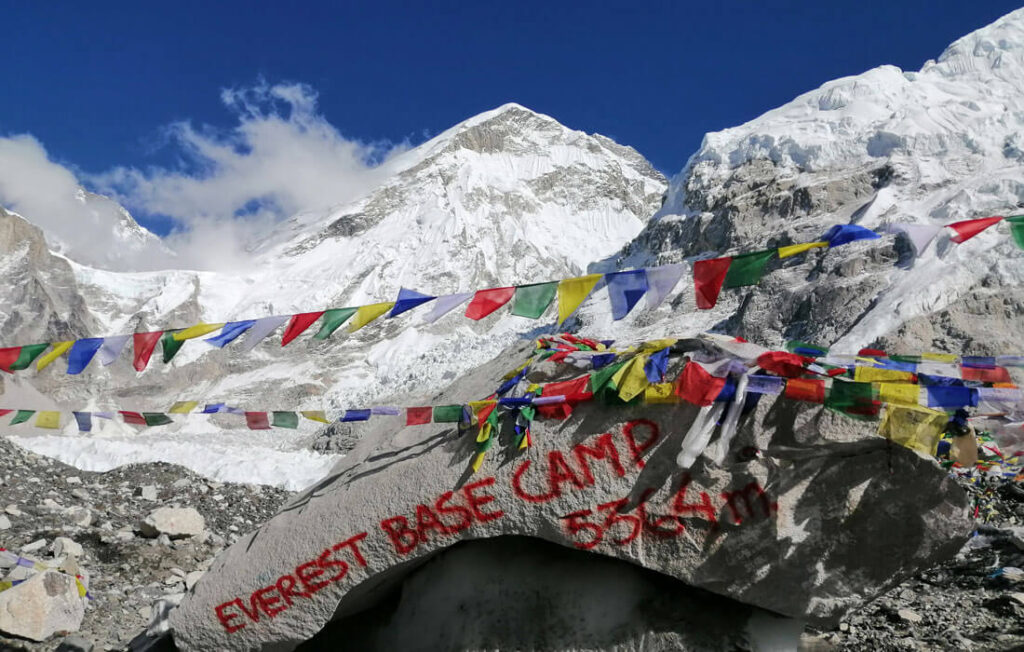
Regardless of the route you follow, each offers immersive views and unique beauty of the region.
Why visit the Everest region?
The breathtaking natural wonders of the Himalayan mountains. The Khumbu ice falls, glaciers, unique wildlife, diverse flora and fauna, the Sherpa culture, and the way of life in the Himalayas make this place a must-visit once-in-a-lifetime experience.
List of major sites you can see while on your journey to Everest.
- Sunrise and Sunset views throughout the various viewpoints along the route.
- Unique wildlife, diverse flora and fauna inside the Sagarmatha National Park.
- Sherpa Culture, descendant of Tibetan Buddhism characterized by strong family ties, hospitality, and hard work.
- Peak climbing in the Everest region can be the most physically demanding and rewarding a person can undertake.
- Colorful prayer flags and ancient monasteries offer a glimpse into the history and tradition of this region.
Journeying to the Everest Region allows you to gain a new perspective in life, make memories with fellow travelers, and have a deeper appreciation for the natural wonders of our world.
Everest region altitude.
Every valley, lake, peaks, and trail to the base camp starts from Lukla. Lukla is a small town at an altitude of 2,860m, here lies the only airport accessible in this region.
The most challenging part while trekking to Everest is probably the higher altitude of the region. The trek starts from Lukla which is situated at an elevation of 2,860m. All the treks to the valley, lakes, peak, and the trail to base camp start from here, which is why Lukla is known as the “Gateway of Everest”. Most people are not used to this higher altitude, the trek upwards involves acclimatization days for getting used to the altitude. The trek upward can take longer and slower for needing to rest and get acclimatized to the altitude. It is recommended to rest and get acclimatized for 2-3 days as you gain elevation.
How to get to Everest?
The journey to the Everest region first starts from Lukla, the “Gateway to Everest”. Lukla is a small town in the Solukhumbu District famous among trekkers. Here you can find the world’s highest airport which is also regarded as the world’s most dangerous one. The thrill of the adventure to Everest with a flight to Lukla airport.
However, if you have more time and choose not to take a flight to Lukla there is an alternative route via land which is the oldest and the longest route to Everest.

By Flight:
From Kathmandu: The shortest and easiest way to reach Lukla is via a flight which takes about 30-35 minutes from Kathmandu domestic airport. While on the flight if the weather is clear you will be able to enjoy the panoramic mountain views of the Himalayas.
From Manthali: An alternative route via Manthali airport, Ramechapp is available during the peak seasons and heavy traffic in Kathmandu Airport. The Airport lies 132km from Kathmandu which takes 4 to 5 hours to reach. A flight from Manthali Airport takes 15-20 minutes to reach Lukla.
By Land:
If you choose not to take a flight, there is an alternative route to reach Lukla by bus/jeep via the motor route which goes from Jiri- Shivlaya, and Salleri- Phaplu. The trail from Jiri to Lukla is the same trail that was used by Tenzing Norway Sherpa and Sir Edmund Hillary as they made their way to Everest 60 years ago. Salleri which is called Lower Everest region is a connecting path to Lukla via Jiri. Trekking to Salleri might seem longer but you will be rewarded with incredible views of the landscapes and mountains along the way.
When is the best time to travel to the Everest region?
Traveling to the Everest region can be done during all seasons. Each season provides a unique experience and ever-changing landscapes. Planning the right season for your trek can enhance your experience significantly. However, traveling during each season has its pros and cons. Below are the seasons that you may choose according to your vacation while planning a trip to Everest.
· Spring (March to May):
Spring season offers the best visibility. The weather is mild with clear skies, and the blooming red rhododendrons forest covers the landscapes with vibrant colors perfect for photography and sightseeing. Temperatures are generally warm during the day and the view is spectacular. However, being the best and peak season for trekking, the region tends to get reasonably crowded.
· Monsoon (June to August):
Trekking during the monsoon season can be quite challenging. As the trails tend to get more muddy and slippery. The biggest challenge during this time is getting in and out of Lukla. Due to less visibility during this time, flights to Lukla hardly come by. While on the trail on the lower part of the trail you could experience torrential rain.
The monsoon season is considered off-season, allowing you to trek more peacefully with fewer people on the trail. Furthermore, you will be treated to spectacular views of the Himalayan range after the monsoon morning.
· Autumn ( September to November):
Autumn offers the best trekking conditions. During this season the temperatures are bearable with clearer skies with less chance of heavy rainfall. After the monsoon season, the air is fresh and the skies are usually clear providing unobstructed mountain views. However, late November and December can be colder than spring, this is an acceptable trade-off as the skies are clear offering great visibility.
· Winter ( December to February):
Winter is also considered an off-season while traveling to the Everest region. This region sees some of the coldest days with temperatures dropping as low as -5° to -20°C.
Trekking during this time can be challenging, but not impossible. Many trekkers and enthusiasts have successfully climbed during this season. From mid-January to February this region experiences more snow and a significant drop in temperature.
Accommodation in Everest region:
There are a variety of accommodations one can find during trekking in the Everest region. Each place differs in terms of quality and range of available services. Pricing, food, and accommodation can differ as you trek to higher altitudes. Below is the list of accommodations and available amenities in the Everest Region.

· Luxury Hotels:
Luxury hotels can be the best way to experience your trip while traveling across Everest. These hotels include state of the art facilities with remarkable views of the Himalayan mountains. You can find wide rooms with attached bathrooms and access to hot showers anytime during your stay.
Heaters are placed in every room along with unlimited boiled and filtered water. These accommodations are known for their hygienic meals, well-maintained rooms, safety, and security.
However, you can find luxury hotels only up to Tengboche. The accommodation onwards tends to get sparse.
· Basic lodges and tea houses:
Tea houses and lodges are more popular with budget travelers and easily found across the Everest region. They offer necessary and basic amenities with minimal facilities like a wooden bed, blanket pillows, lukewarm or boiled water, and a common shared bathroom. Most of the lodges are handled by local people aiming to provide the basic facilities to travelers.
These lodges are best for budget travelers and solo travelers alike.
· Tented Camps:
When trekking up to Everest Base camp was in its initial days, there weren’t enough lodges and guesthouses for trekkers. Trekkers stay at Tent Camps as accommodation. Recently due to the flourishing of tourism in the Everest region, many guesthouses and lodges can be easily found with better accommodation and necessary amenities. So, trekkers prefer to stay in these lodges.
However, if the trekkers prefer to stay at tented camps it is available on clients demand.
Locals in Khumbu Region
Sherpas are the primary inhabitants of this region known for their warm hospitality, kindness, resilience, and unique culture. The Sherpas are of Tibetan descent and speak their language called ‘Sherpa’ which is a closely related form of the Tibetan spoken in Tibet. Here’s what you can expect while on Everest in terms of interaction and cultural insights:
- Genuine Hospitality: The Sherpas are known for their warm hospitality and humble nature. They welcome visitors with smiles and open hearts, sharing local folklore and cultural insights. Trekking along the route or while resting at the teahouse expect to be greeted with friendly faces and kind gestures.
- Diverse Culture: Sherpas are deeply spiritual, following Tibetan Buddhism. Along the Everest route, you will come across prayer flags, chortens (Buddhist shrines), and mani walls ( stone walls with inscriptions) symbolizing peace, compassion, and blessings. Visiting monasteries like Tengboche, Drepung offers a glimpse into local rituals and practices.
- Supportive guides and porters: Sherpas often work as guides and porters offering invaluable support to trekkers. Their deep knowledge of the terrain and respect for the mountains enhances the trekking experience making the trek safer and informative.
Are you ready for your next big adventure to the Everest Region? This adventurous journey will challenge you physically and mentally, but the rewarding view and the sense of accomplishment will all be worth the effort. Start planning your journey with us and experience the Himalayas in all its glory!
– Raunak



